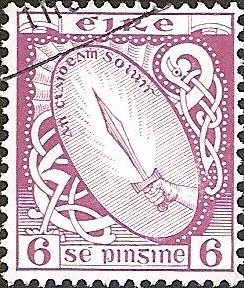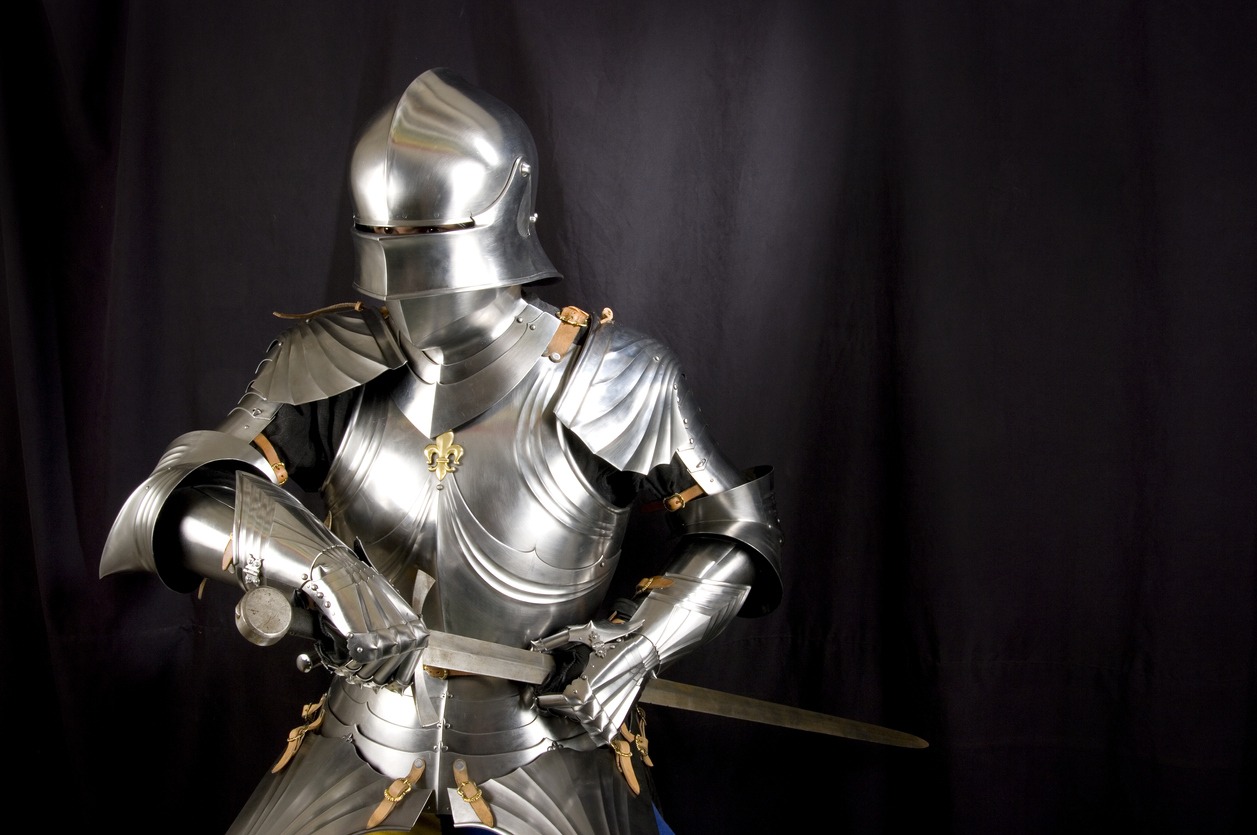The name “Claomh Solais,” which comes from the Gaelic language spoken in Ireland and Scotland, can be translated to mean “Sword of Light” or “Sword of Sunshine.” It plays an important role in both Celtic mythology and folklore, often serving as a symbol for a variety of concepts, such as bravery, enlightenment, and the never-ending battle between light and darkness.
The idea of Claomh Solais, which has historical as well as mystical connotations, has been deeply ingrained in the cultural fabric of the regions associated with the Celts for a very long time. This legendary blade has appeared in stories, poems, and legends that span both time and space and has sparked the imaginations of many people.
Claomh Solais continues to shine as a representation of hope and the indomitable spirit, resonating with those drawn to the allure of ancient legends and the timeless wisdom they contain. As a potent emblem, Claomh Solais continues to shine.
History of Claíomh Solais
- The history of Claomh Solais, also known as the Sword of Light, is a tapestry that is woven with threads of myth, legend, and cultural significance that span across the Celtic regions of Ireland and Scotland. Even though the origins of the sword are shrouded in mythological narratives, its presence and symbolism have persisted through the years, leaving an indelible mark on the collective consciousness of these ancient lands.
- In Celtic mythology, the name Claomh Solais is frequently linked to divine figures as well as legendary heroes. It is said to have been crafted from materials with a celestial origin, and it was either fashioned by supernatural or divine hands. In numerous fables, the chosen hero receives the sword as a symbol of their destiny to fight for just causes and protect their people from oppression and evil. In these stories, the sword represents the hero’s destiny.
- The figure of Nuada, a king of the Tuatha Dé Danann, which is a mythical race of divine beings in Irish mythology, is at the center of one of the most well-known legends involving Clamh Solais. As a result of the conflict, Nuada had his right hand severed, which, given the symbolic importance of physical wholeness in Celtic leadership, rendered him unfit to rule. Nuada was able to regain his kingship as well as his full strength thanks to the assistance of the divine physician Dian Cecht. He was also bestowed with a silver hand. It is said that Nuada, after regaining his former power, wielded the Claomh Solais, a weapon that could shine with a brilliant light both in combat and as a metaphorical representation of enlightenment. This is a symbol of Nuada’s reclaimed power.
- Another legend describes the great warrior Fionn mac Cumhaill, who was in charge of the Fianna warriors, as having acquired Claomh Solais. Being a wielder of the Sword of Light, Fionn was renowned for his courage and wisdom. This story emphasizes the sword’s link to both physical prowess and the values of honor and wisdom.
- Throughout history, the presence of the sword has gone beyond the realm of myth and into the very fabric of the culture of the peoples of the Celtic world. It has piqued the interest of bards, poets, and storytellers, who have retold its history through the medium of songs and sagas, thereby transmitting its significance from one generation to the next. In times of upheaval and resistance, Cla’omh Solais has also functioned as a potent emblem, representing the unyielding spirit of the Celtic people in the face of adversity.
- Even in this day and age, the legend of Claomh Solais has the power to enthrall those whose interest is piqued by the mysterious aura surrounding the illustrious history of Celtic mythology. Its symbolism, which represents concepts such as light triumphing over darkness, the search for enlightenment, and the ongoing conflict between good and evil, is as potent as it was when it was first created. It is a testament to the enduring power of myth to shape culture and inspire the human spirit that the legacy of the sword continues to be passed down from generation to generation.
Folk Tales Featuring the Claíomh Solais
The Sword of Nuada
- In the story of Nuada, the sword Claomh Solais is connected to Nuada, who was the king of the Tuatha Dé Danann. This connection was made earlier. Amid combat, Nuada loses his hand. The divine physician Dian Cecht gives him a replacement hand made of silver, and he can wield Claomh Solais with it. The glowing light of the sword is said to represent Nuada’s reclaimed power and the divine right to rule.
The Pursuit of Diarmuid and Gráinne
- This story focuses on the exploits of the hero of the Fianna, Diarmuid, and the princess, Gráinne. As the story is told in some retellings, the quest that Diarmuid undertakes to win Gráinne’s hand in marriage includes the acquisition of the Sword of Light by him. The sword demonstrates its legendary abilities by helping him succeed in a variety of challenges and fights.
The Tale of Fionn mac Cumhaill
- Claomh Solais is a name that is frequently connected with Fionn mac Cumhaill, who was known for being the leader of the Fianna warriors. In one of the many retellings of his tale, Fionn earns the sword by completing a daring mission. The ability of the sword to emit brilliant light becomes a representation of Fionn’s superior intelligence and physical prowess.
The Battle of Mag Tuired
- In this epic story, the great battle that occurred between the Tuatha Dé Danann and the Fomorians is recounted. Nuada makes effective use of Clamh Solais in this conflict by utilizing it as a weapon against the fomorian’s shadowy forces. This helps Nuada play an important part in this conflict. It is said that the brilliant light cast by the sword served as a beacon of hope for the Tuatha De Danann.
The Children of Lir
- The story of the Children of Lir is another well-known myth that originates from Celtic culture; however, it is not directly connected to the Clamh Solais. In this heartbreaking tale, the four children of Lir are doomed to spend centuries living as swans because of a curse. When a group of warriors, led by a young hero who wields Claomh Solais, successfully breaks the spell and frees the children from their avian forms, the sword appears as a symbol of salvation and liberation.
Conclusion
In the realms of Celtic mythology and folklore, the Claomh Solais, also known as the Sword of Light, stands out as a luminous thread weaving through the tapestry of ancient stories. This sword has a rich history, having passed through the hands of legendary figures such as Nuada and Fionn mac Cumhaill. It is said to represent power, enlightenment, and the age-old conflict between light and darkness.
The Cla’omh Solais, with its radiant gleam, has inspired generations of people, captivating the imagination of those who are drawn to the captivating lore of the Celtic lands. This mythical sword continues to shine as a beacon of hope and a reminder of the ageless wisdom hidden within the folds of ancient legends, serving as a testament to the enduring power of myth and the indomitable spirit. In this way, it serves as a reminder of the timeless wisdom contained within the folds of ancient legends.



